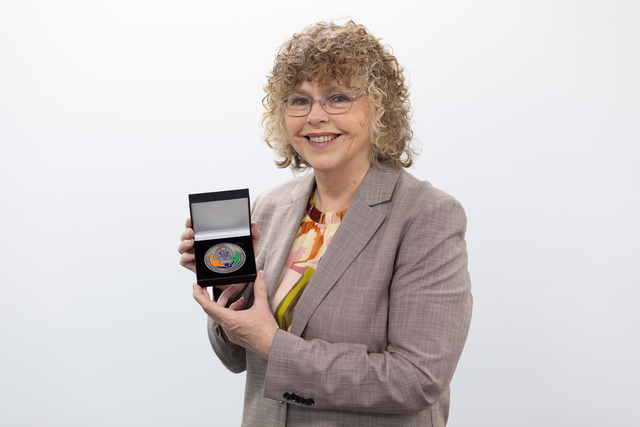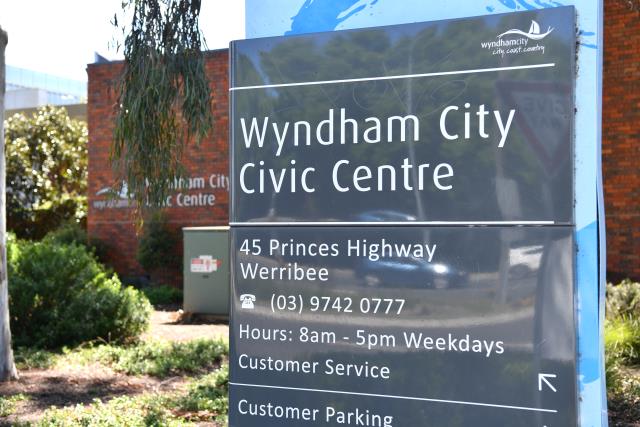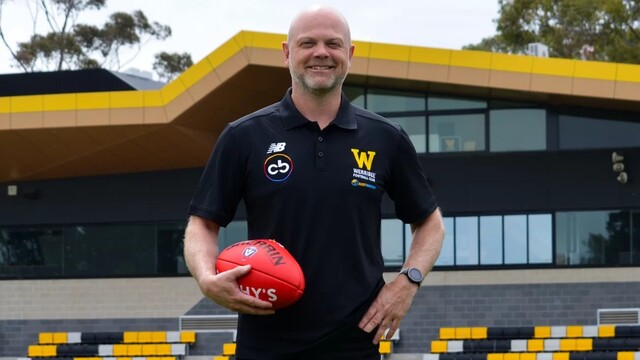By Laura Michell
Wyndham will bear the bunt of Victoria’s future growth, with the state government predicting the municipality’s population will surge by more than 150,000 people by 2031.
The government’s Victoria in Future report, released last week, reveals the state’s population will swell to 7.7 million people in the next 17 years, rising to 10 million in 2051.
Wyndham is forecast to be the fastest- growing local government area by 2031, with its population extending from 200,426 people this year to 367,495.
Melton is predicted to add another 126,828 people, while Whittlesea’s population will grow by 131,842.
Planning Minister Matthew Guy said the state’s population growth was a “natural population increase”, a result of more children being born and longer life expectancy.
He said the new projections helped the government plan.
“Having up-to-date projections allows us to best manage growth and plan for the housing, infrastructure and services that will be needed 30 to 40 years down the line,” Mr Guy said.
Wyndham mayor Bob Fairclough said while the population projections were not a surprise, the council was concerned about the government’s willingness to fund necessary infrastructure and create local jobs.
“Wyndham also needs a continuing focus on development of the East Werribee employment precinct to generate local jobs necessary to support this population boom,” Cr Fairclough said.
“Improvement and expansions to health and education facilities, road and public transport infrastructure and services need to be made as part of the annual state government budget process year in, year out without exception.”
The
Victoria in Future report predicts the number of households in Wyndham will rise to 128,826 by 2013, up from 57,655.
The average household size will be 2.83 people, slightly above the state average of
2.47 people.
Mr Guy said the projections confirmed that families considered Victoria to be a great place to live and raise children.
Across the state, the number of babies
born is expected to reach close to 120,000 a year by 2051.
“Since the early 1970s, our fertility rate has been falling and the number of children born every year has remained virtually unchanged. But now that’s turned around, with twice as many babies expected to be born in 2050 than in 2000,” Mr Guy said.
Statewide, life expectancy for those born in 2051 is predicted to rise to 87.6 for males and 89.9 for females.






